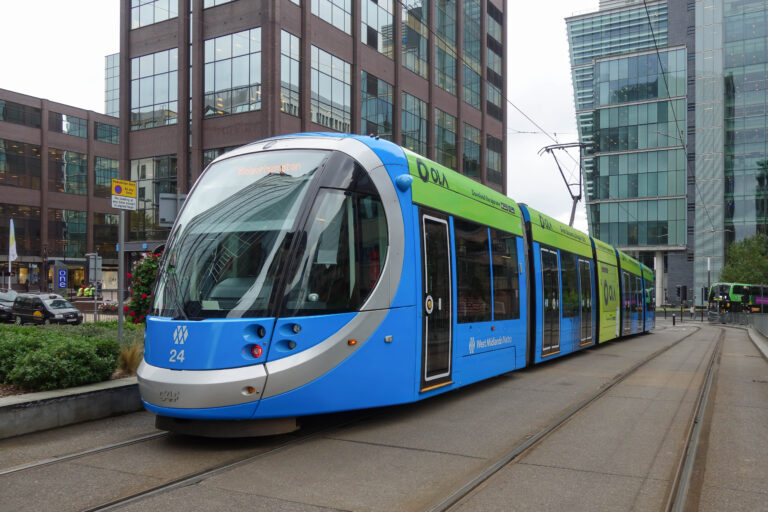Before we get into this, I completely understand. You’ve got a thousand things on, numerous pressing priorities to tend to and you have absolutely no bandwidth left for a long conversation about “mobile responsiveness” or “loading speed”. I hear you.
You know your site could be better, but do you really need to invest in weeks and months of going through numerous landing page redesigns? Is what you have, essentially “good enough”, at least for now? It can be hard to know when a site is well and truly past its sell-by date. If you’ve worked with the site for a while you’ve probably got used to the look and feel of it, and if you went through a redesign a few years ago your stomach might turn at the thought of going through the whole process again. At PLMR, I have seen hundreds of client websites and have put together a little checklist to help determine whether building a new and improved site would either be a nice luxury if budget allows or a desperately important next step in securing the future of that businesses’ marketing efforts:
1. Does it appear organically when you Google “care home in [your location]”
It might be the most beautiful website in the world, but if no one can find it, it’s worthless. Your site should appear on at least the first few pages of results when your location is searched alongside either nursing home, residential home or care home. Not everyone makes such a basic search, we all know that everything from local brand recognition to CQC ratings play a part in online enquiries – but if such a fundamental query doesn’t generate a listing for your website, it urgently needs looking at.
2. Does it take more than three clicks to find what you’re looking for?
Put yourself in the mind of the average customer. Everyone knows that the purchase of care for a loved one can be quite a stressful experience. It’s such an important decision, and the last thing you need in that situation is to frustrated in your efforts to find basic information critical to making an informed choice. Can you find a phone number easily? Can you find basic fee-level information as the CMA guidance states? What services are on offer and would someone who doesn’t understand the various nuances of care sector terminology understand the differences? Your potential customer should always be within three clicks of whatever they are looking for when on your site. If they are not, something has gone wrong with the copy, the site’s navigation or (most likely) both.
3. Can I see what the actual home actually looks like?
I know this one sounds silly, but I must have seen the same soft-focus, American mother-daughter duo on almost every care home website I’ve come across in the last four years. As photogenic as they are, they tell me precisely nothing about the home itself, its furnishings, its condition or its atmosphere. Families often live miles apart, and the effort of an in-person visit can be a real undertaking. In our experience you’re much more likely to make the list of potential choices if your would-be resident has at very least seen inside your home and likes what they see. Stock imagery and wide-angle exterior shots can only go so far.
I know some of these may seem obvious, but many, many providers we have worked with (from the largest to the smallest) have fallen foul of this list. In truth, a good care home website doesn’t have to be an all-singing, all-dancing artistic masterpiece – it just needs to help people find what they are looking for and show the very best of what you as a business and a community have to offer. If your site passes the test, fantastic, only look for an upgrade if you’re dead-set on rebranding or building on what you already have. If your site has fallen at any of the hurdles above, now’s the time to bite the bullet!





